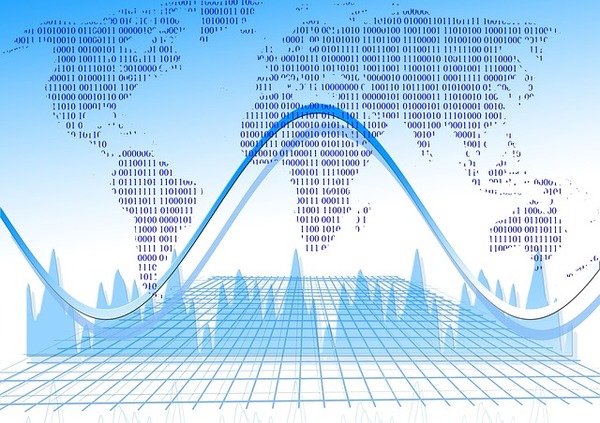
If you are going to be implementing an EDI system for the first time, you might feel as though you are swimming in an alphabet soup of jargon and abbreviations. Some of these terms seem familiar from everyday speech, but they have a different or deeper meaning than you may realize.
For your convenience, here is the quintessential cheat sheet of terminology for EDI systems. These are the terms you absolutely need to know, so you can navigate the realm of EDI with confidence.
EDI
EDI stands for electronic data interchange. It refers to the transfer of data from one computer system to another. EDI systems use a standardized messaging format to exchange information. Through EDI, companies across the world can transfer as few or as many documents as they need back and forth as many times a day as is necessary for smooth business operation.
Cloud Technology
Cloud technology refers to sharing computing resources rather than setting up your own local server or non-networked device. As an example, some of the world’s most popular web applications like Facebook, Gmail, and LinkedIn rely upon cloud computing. These companies either rent out space or run large data centers in which hundreds of servers crunch data millions of times per minute. Many cloud computing services are delivered over the Internet.
Cloud computing can save businesses time and money.
Today, some EDI systems are cloud-based, which means that the firm using them does not have to buy expensive equipment or invest in software. Cloud computing can help businesses save time and money.
Protocols
As mentioned above, EDI systems utilize standardized messaging formats to transmit data. Those messaging formats are known as protocols.
There are several protocols that are in use today: AS2 (Applicability Statement version 2), FTP/VPN (File Transfer Protocol over a Virtual Private Network), SFTP (Secure File Transfer Protocol), and FTPS (File Transfer Protocol Secure). Each of these protocols is highly secure so that unauthorized parties cannot access data as it travels over networks.

EDI Standards
Standards are not the same as protocols. The protocol is the way the data is transmitted, while the standard is the format in which the information is transmitted.
EDI standards allow systems to communicate with each other so the flow of business continues freely.
Consider an example to illustrate. Suppose you want to purchase products from a company in Lithuania, and you send off a purchase order. The person who receives it does not speak or read English, so he cannot process your order through regular linguistic means. EDI standards allow computer systems to communicate with each other so that the flow of business continues freely.
There are several EDI standards. EDIFACT is used in Europe, whereas ANSI ASC X12 is the one you will find utilized in North America.
Translation
When you hear the word “translation,” you think of someone translating from one language into another. In the context of EDI systems, translating means that you convert information into a standard EDI format.
You could feed data through translation software or you could outsource the task to an EDI provider
There are two ways to translate data: you could feed it through translation software or you could outsource the task to an EDI provider, who will take care of translation for you. Translation software is available for any computing environment, need, and budget.
EDI VANs
EDI VANs is short for value-added network. A VAN is a third party that uses a secure network to transmit documents to several recipients.
A company would choose to utilize a VAN’s services because if it needs to transmit documents to multiple recipients and each of those recipients uses a different communication standard, it is easier to let someone else handle the translation.
EDI systems do not have to be veiled in complicated jargon. They are critical components in today’s business technology environment. You do not have to navigate the world of EDI systems alone, though. To learn more about how this technology can add value to your firm, contact us.






